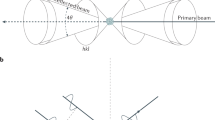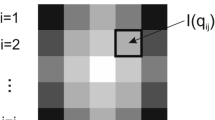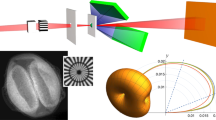Abstract
IN their interesting letter to NATURE of April 5, p. 524, Prof. T. H. Laby and Mr. C. E. Eddy agree with many of the statements in my address to the British Association, but dissent in some respects from my conclusions. According to their view, I was not sufficiently generous in stating the sensitiveness of the method. The sensitiveness depends on numerous factors such as the energy applied, the time of exposure, the wave-lengths to be photographed, and so on, and in a very high degree on the constitution of the sample; traces of copper present in aluminium will give an X-ray line incomparably stronger than when present in the same atomic concentration in lead. The state of aggregation of the sample is also of great importance; an alloy available in comparatively large amounts, which can be soldered massively on to the anticathode, and, on account of its high heat and electrical conductivity, can be bombarded very intensively by cathode rays, is much better than a sample of mineral possibly available in minute quantity only, which must be rubbed as a powder into the anticathode.
This is a preview of subscription content, access via your institution
Access options
Subscribe to this journal
Receive 51 print issues and online access
$199.00 per year
only $3.90 per issue
Buy this article
- Purchase on Springer Link
- Instant access to full article PDF
Prices may be subject to local taxes which are calculated during checkout
Similar content being viewed by others
Author information
Authors and Affiliations
Rights and permissions
About this article
Cite this article
HEVESY, G. Quantitative Analysis by X-Rays. Nature 125, 776–777 (1930). https://doi.org/10.1038/125776b0
Issue Date:
DOI: https://doi.org/10.1038/125776b0
Comments
By submitting a comment you agree to abide by our Terms and Community Guidelines. If you find something abusive or that does not comply with our terms or guidelines please flag it as inappropriate.



